Elevate Your Brand with Smart QR Code Label Printing with Suppliers in Malaysia
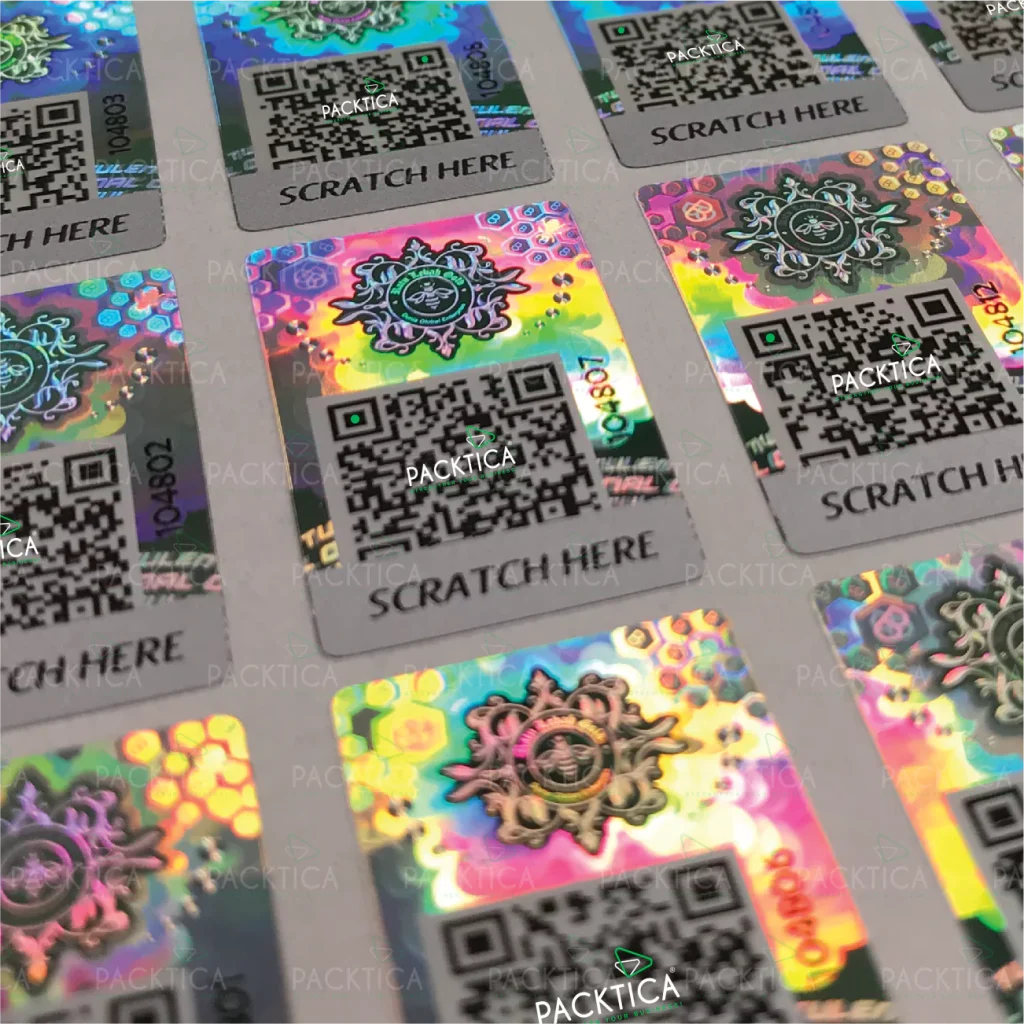
In today’s fast-evolving business landscape, customisation and technology play a pivotal role in brand communication. Smart QR codes have become a vital part of product labelling, offering a blend of enhanced functionality, aesthetics, and personalisation. As professionals in this field, we’ve seen how powerful and effective QR codes can transform a brand’s visibility and interaction […]
Hologram Security Label
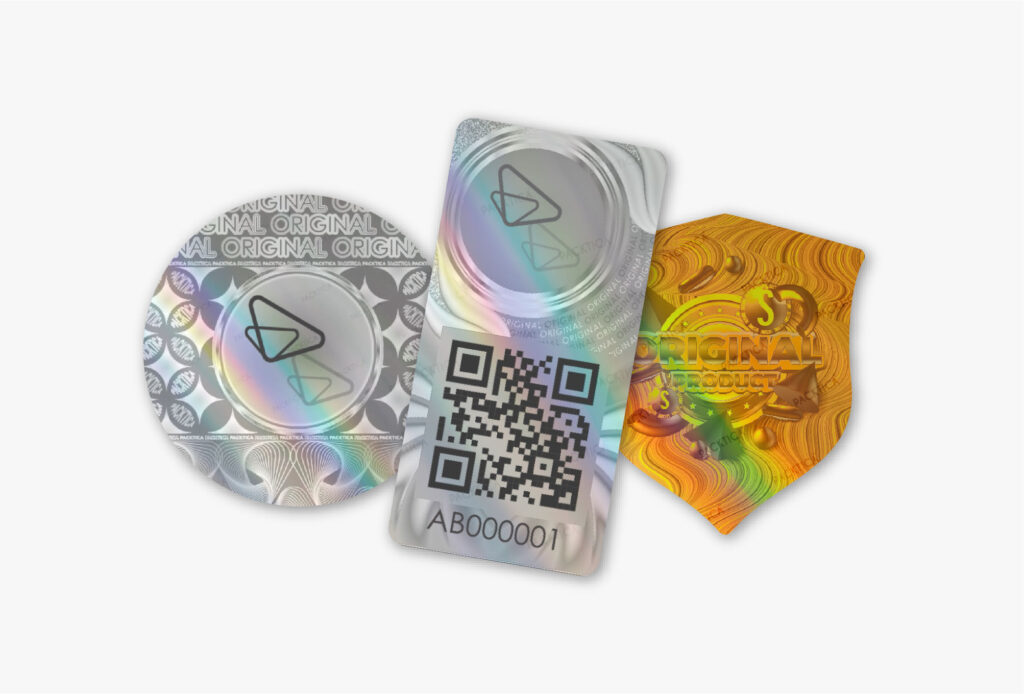
Hologram Security Label offers powerful anti-counterfeit protection and ensuring product authenticity. Easy to apply, they safeguard your brand and build customer trust.
Secure QR Codes

Why Secure QR Codes Are the Future of Product Authentication. Secure QR codes are revolutionizing product authentication. Secure QR codes can prevent counterfeiting, provide real-time data, and boost customer engagement. By integrating QR codes into your products, you add an extra layer of security and gain valuable insights into consumer behavior.
How to Use QR Codes for Smart Packaging?

KNOWLEDGE & EXPERTISE Press & Blog How to Use QR Codes for Smart Packaging? Product security plays a pivotal role in the consumer market, safeguarding goods from potential tampering and ensuring the integrity of the items consumers purchase. This intricate dance of supply chain safety relies heavily on technologies like tamper proof stickers and mechanisms […]
Smart QR Code Stickers Printing: Here’s How to Use It
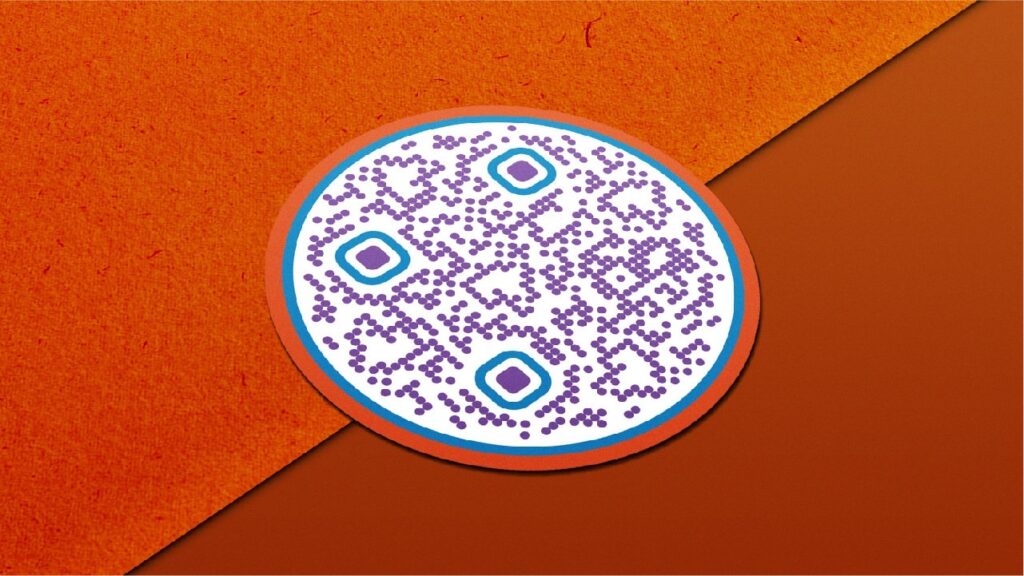
KNOWLEDGE & EXPERTISE Press & Blog Smart QR Code Stickers Printing: Here’s How to Use It In an increasingly digital world, QR (Quick Response) codes have emerged as an innovative and efficient solution for quickly bridging the gap between physical and digital realms. A QR code is essentially a two-dimensional barcode that stores information such […]
Holography as the Vanguard of Anti-Counterfeit Packaging

KNOWLEDGE & EXPERTISE Press & Blog Holography as the Vanguard of Anti-Counterfeit Packaging The challenge to protect brands and ensure product authenticity has been a long-standing concern in various industries. With the relentless advances of counterfeit technology, the demand for advanced, innovative, and tamper-evident packaging security solutions has significantly escalated. Amid this burgeoning need, holography […]
Packaging Security’s Battle Against Counterfeiting
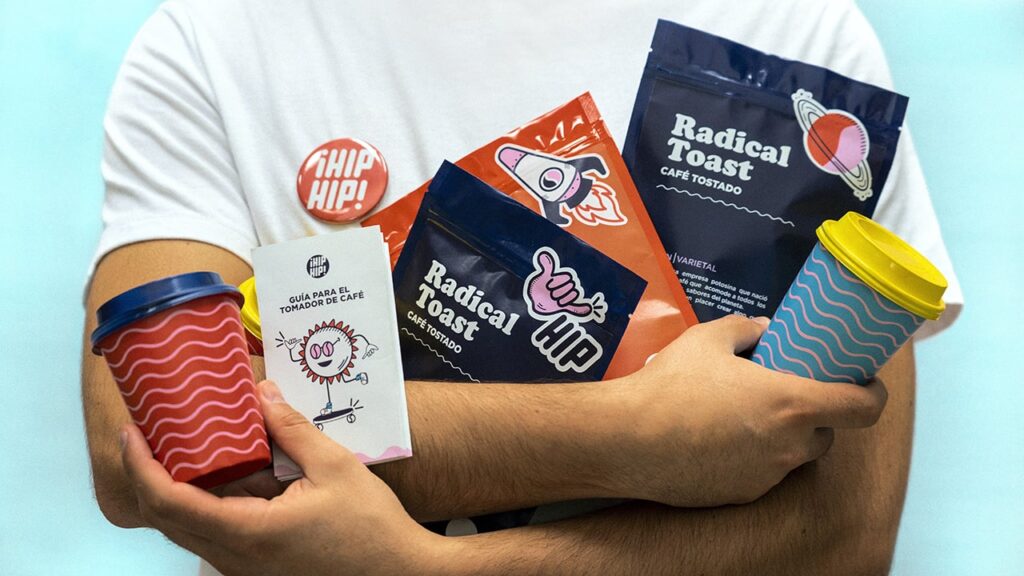
KNOWLEDGE & EXPERTISE Press & Blog Packaging Security’s Battle Against Counterfeiting In today’s global marketplace, the issue of product counterfeiting has become increasingly prevalent and concerning. Counterfeit products not only deceive consumers but also pose significant risks to their health, safety, and overall trust in brands. As a result, ensuring product security has become a […]
WHY YOU SHOULD OPT FOR QR CODE PACKAGING FOR YOUR PRODUCTS?
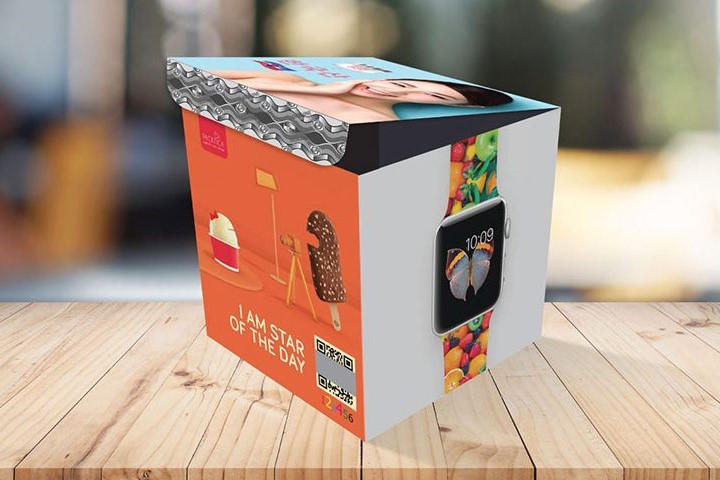
KNOWLEDGE & EXPERTISE Press & Blog WHY YOU SHOULD OPT FOR QR CODE PACKAGING FOR YOUR PRODUCTS? From the restaurant’s menu card, and product packaging, to payment options, you will find QR codes everywhere across various industries. QR code is like a barcode but instead of it has an array of black and white squares […]
Benefits of Product QR Codes on Packaging

KNOWLEDGE & EXPERTISE Press & Blog Benefits of Product QR Codes on Packaging If you’re not familiar with them, a QR code system is a two-dimensional barcode system that can be scanned by a Smartphone’s camera with special software. By just scanning a QR code, an end user may instantly obtain more information about a service, a […]
How To Secure Your Brand With Packaging?
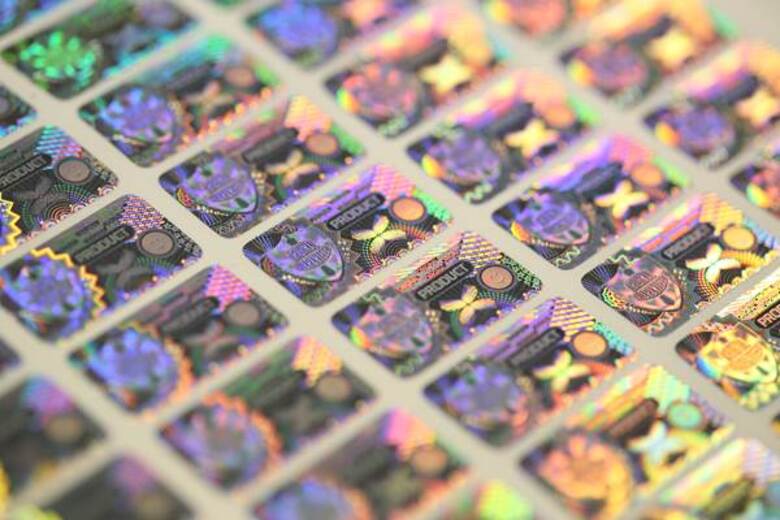
KNOWLEDGE & EXPERTISE Press & Blog How To Secure Your Brand With Packaging? Selling identically packed products or using your packaging to sell another product is common and is one that many good brands are permanently closed. Product counterfeiting and tampering are real and can severely damage your brand identity. You must be wondering how […]
